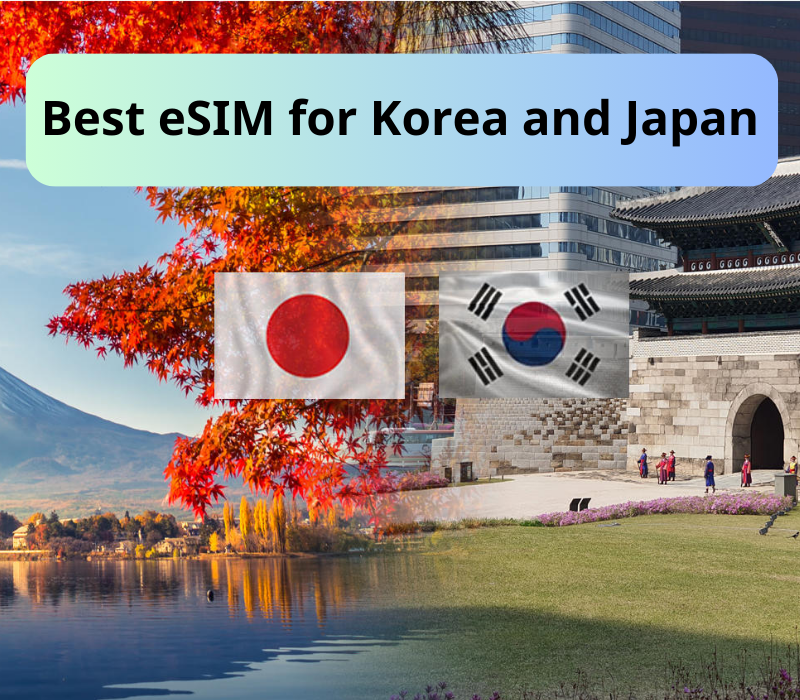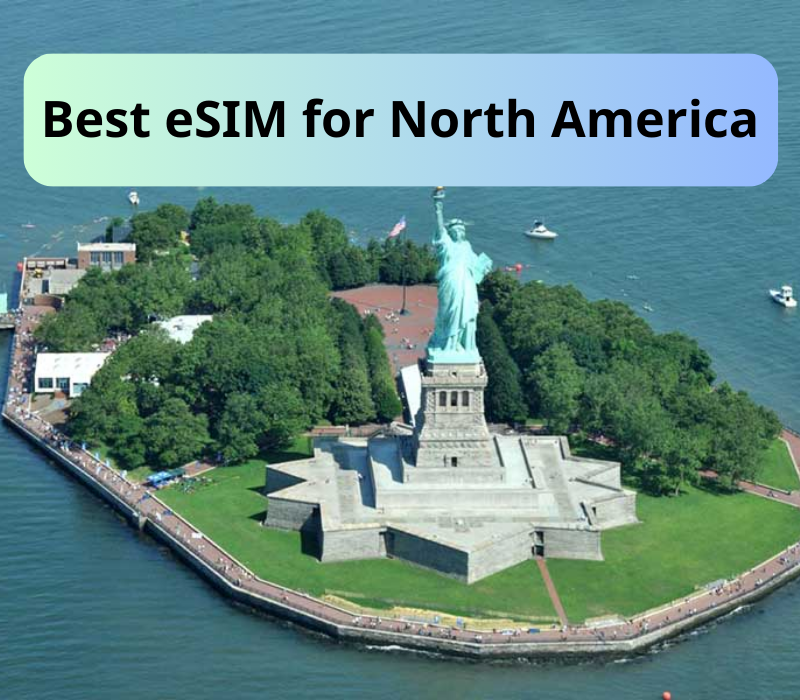As I ventured into Japan, I quickly realized that beneath the veneer of modernity and timeless tradition, there lay an unexpected facet – the realm of surprisingly affordable treasures. In a land often associated with a reputation for high living costs, I found myself pleasantly surprised by the economical delights that dotted my journey.
If you share the curiosity to uncover these hidden gems that won’t break the bank, read on this article for things that are cheaper in Japan and discover what you can get with quality!
Related posts:
- The 10 best place to visit in Japan with family
- Is Golden Week a good time to visit Japan?
- Is Japan safe to travel alone?
7 Things that are cheaper in Japan
1. Food and dining

You can find some fantastic deals on food and dining in Japan compared to many other countries, especially for the quality and variety offered. Let me explain it to you.
First, Japanese cuisine heavily relies on fresh, seasonal ingredients grown or sourced locally. This cuts down on transportation and storage costs, making the final dish more affordable. Second, The Japanese food industry is incredibly efficient, with a strong focus on minimizing waste and maximizing yield.
Ramen, udon, and soba noodles are ubiquitous and incredibly affordable, often costing less than $10 USD per bowl. Rice bowls (donburi) with various toppings like pork, fish, or vegetables are equally budget-friendly.
In terms of street food, Agoda lists lots of options for travelers, all less than $10. From yakitori skewers and takoyaki (octopus balls) to okonomiyaki (savory pancakes) and taiyaki (fish-shaped pastries), Japan’s street food scene is vibrant and affordable.
Moreover, many restaurants offer teishoku, set meals that include a main dish, rice, miso soup, and sometimes pickles or salad, all for a reasonable price. According to the Japan Guide, you only need to pay less than $20 to have a regular meal set.
2. 100-yen shops
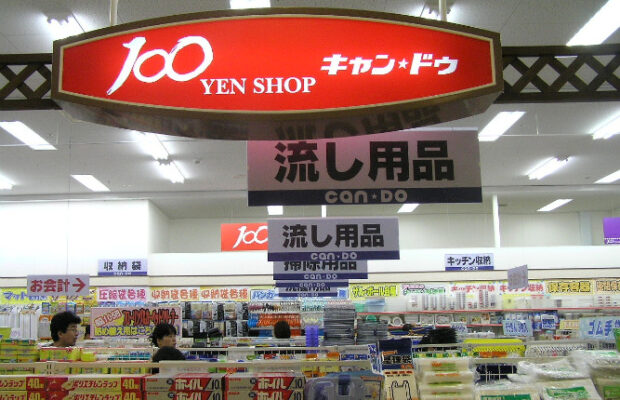
100-yen shops, also known as Hyaku-en shops or simply Hyakkin, are a unique phenomenon in Japan. These stores offer a vast array of everyday items, from household goods and stationery to snacks and party favors, all for a mere 100 yen (around $0.80 USD). This makes them a haven for budget-conscious shoppers and a treasure trove for anyone seeking quirky finds and Japanese staples.
Have you ever wondered why they are so cheap? These stores sell massive quantities of products at a small profit margin per item. This bulk buying power allows them to negotiate lower prices with manufacturers. Moreover, many items in these stores are made under their own brand, eliminating marketing and branding expenses associated with established names.
3. Stationery

One of the best things that are cheaper in Japan is their stationery, which prioritizes both functionality and aesthetics. Some notable brands can count on Campus, Midori, and Tombow.
The products are known for their smooth writing pens, durable notebooks with high-quality paper, and designs that are both practical and pleasing to the eye. This focus on quality ensures that the products last longer, making them a good value for money.
Moreover, many Japanese stationery items are multi-functional, serving multiple purposes. This reduces the need for consumers to buy multiple products, ultimately saving them money. For example, a pen that also functions as a highlighter or a ruler.
4. Quality skincare and sunscreen
Other things that are cheaper in Japan that you need to shop for are sincere and sunscreen products. Credit: The Wagamama Diaries
In fact, Japanese beauty brands are renowned for their innovative ingredients and technologies. They constantly research and develop new formulas that address specific skin concerns like hydration, brightening, and anti-aging. Think hyaluronic acid, ceramides, fermented ingredients, and sunscreens with advanced UV protection.
Furthermore, Japanese skincare prioritizes efficacy over luxury. Products are formulated to be effective and deliver visible results, rather than focusing on expensive packaging or trendy ingredients. This philosophy translates to good value for money.
Here’s a general breakdown of price ranges for quality skincare and sunscreen in Japan:
- Cleansers and toners: 1,000 – 3,000 yen (US$7.50 – $22.50)
- Serums and ampoules: 3,000 – 10,000 yen (US$22.50 – $75)
- Moisturizers and creams: 2,000 – 8,000 yen (US$15 – $60)
- Sunscreens: 1,500 – 5,000 yen (US$11 – $37.50)
5. Public transportation

Japan’s railway system is a testament to the country’s dedication to efficiency, Japan has a very high rate of public transportation use, with over 50% of commuters in Tokyo relying on trains and buses to get around. This high ridership allows transportation companies to operate more efficiently and spread the costs over a larger number of passengers, leading to lower fares.
Type of transportation:
- Trains: Most extensive and efficient network. Fares depend on distance and type of train (local, rapid, express). Single rides within cities usually range from 170-310 yen, while longer journeys can be significantly more. Some passes like the Seishun 18 Kippu offer unlimited travel for specific periods.
- Buses: Flat fares within city limits (210 yen in Tokyo) but vary based on distance outside these areas. Buses are generally cheaper than trains but slower.
- Taxis: Expensive option with base fares around 710 yen (first 1-2 km) and increasing with distance and time. Best for short trips or late-night travel.
6. Clothing

When it comes to clothing prices in Japan, it’s like navigating a stylish maze with various factors influencing the cost. The type of clothing plays a crucial role – global fast fashion giants such as H&M and GAP tend to be wallet-friendly in Japan compared to some other Asian countries. Japanese brands like Uniqlo offer affordable daily wear, but if you’re eyeing high-end designer threads like Comme des Garçons, Japan might be the place to snag a deal. Digging into vintage and second-hand stores unveils a world of unique, budget-friendly fashion treasures.
Quality and materials are key players too. While basic items like t-shirts and jeans might be on par or even a tad cheaper in Japan, the use of high-quality fabrics and meticulous tailoring in Japanese clothing can sway the price scale.
Here’s a breakdown to give you a better idea:
- Fast fashion: Global brands like H&M, Uniqlo, and GU offer affordable everyday pieces with prices similar to or slightly cheaper than in Western countries. Expect t-shirts for around ¥1,000-2,000 ($7-15), jeans for ¥3,000-5,000 ($22-37), and sweaters for ¥2,000-4,000 ($15-30).
- Japanese brands: High-end designer brands like Comme des Garçons and Yohji Yamamoto can be significantly cheaper in Japan, Think dresses for ¥50,000-100,000 ($370-750) and jackets for ¥100,000-200,000 ($750-1500). Mid-range brands like Beams and Stussy offer stylish pieces at moderate prices. Expect shirts for ¥5,000-10,000 ($37-75) and jeans for ¥10,000-15,000 ($75-112).
- Vintage and second-hand: Thrift stores and vintage shops are a treasure trove for unique and affordable finds. Prices can range from as low as ¥100 ($0.75) for a used t-shirt to ¥5,000-10,000 ($37-75) for a vintage designer piece.
7. Electronics
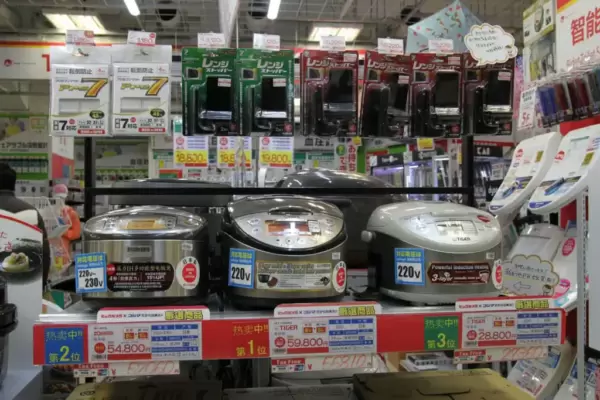
Japanese brands such as Sony, Canon, and Panasonic often benefit from lower production costs domestically, potentially making their products more affordable within Japan. Additionally, tourists with passports can take advantage of tax-free shopping benefits on specific electronics, further contributing to cost savings. Furthermore, Japan occasionally receives access to newer models ahead of other markets, offering early adopters the opportunity to find these gadgets at more competitive prices. The fierce competition among major electronics retailers in Japan also leads to price wars and attractive deals for consumers.
FAQs
1. Which brands are cheaper in Japan?
Determining which specific brands are cheaper in Japan can depend on various factors, including exchange rates, import duties, and local demand. However, there are certain categories of products and brands that travelers often find more affordable in Japan compared to their home countries.
- Electronics: Sony, Panasonic, and Canon often have competitive prices in Japan.
- Fashion: Uniqlo and Muji are popular among tourists.
- Cosmetics: Hada Labo, Kosé, and Cezanne, Shiseido are known for quality products.
2. Why are things cheaper in Japan?
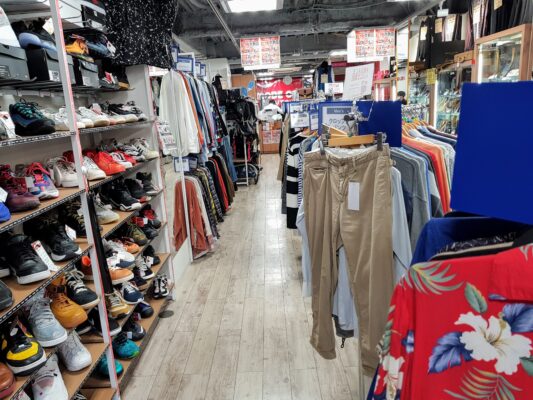
The country’s robust domestic production and competition, especially in electronics and automotive sectors, contribute to cost competitiveness. An efficient supply chain and proximity to suppliers further reduce logistical complexities, translating into lower production costs.
Favorable exchange rates, lower import duties for some products, and high consumption rates foster economies of scale, making goods more affordable. Additionally, government policies, such as tax incentives and subsidies, and localized marketing strategies influence pricing.
3. What are the cheapest things to buy in Japan?
When shopping for things that are cheaper in Japan, consider these affordable and worthwhile purchases. Japanese snacks, with their diverse flavors, make for delicious and economical souvenirs. Traditional souvenirs like keychains and bookmarks, along with practical stationery items, are reasonably priced.
Don’t miss Daiso, a renowned discount store, which sells a variety of items for just 100 yen each, from household goods to beauty products. Explore Japan’s craft beer scene, where local brews are often more cost-effective than imported options.
Additionally, accessories like phone cases and chargers are competitively priced, thanks to Japan’s strong electronics industry. Be sure to check local markets and discount stores for the best deals, keeping in mind regional variations and preferences.
Related post: The 7 Cheapest place to live in Japan
Wrap up
If you seek things that are cheaper in Japan, there are several options for you to choose from. This country is a heaven for food and stationery lovers, as well as providing an excellent opportunity for a comfortable railway experience. I ensure that you will have a great time here within a budget.
Finally, I will appreciate it if you share this article with your friends. Also, leave a comment to let me know what you are wondering about Japan travel. Thank you for reading!







